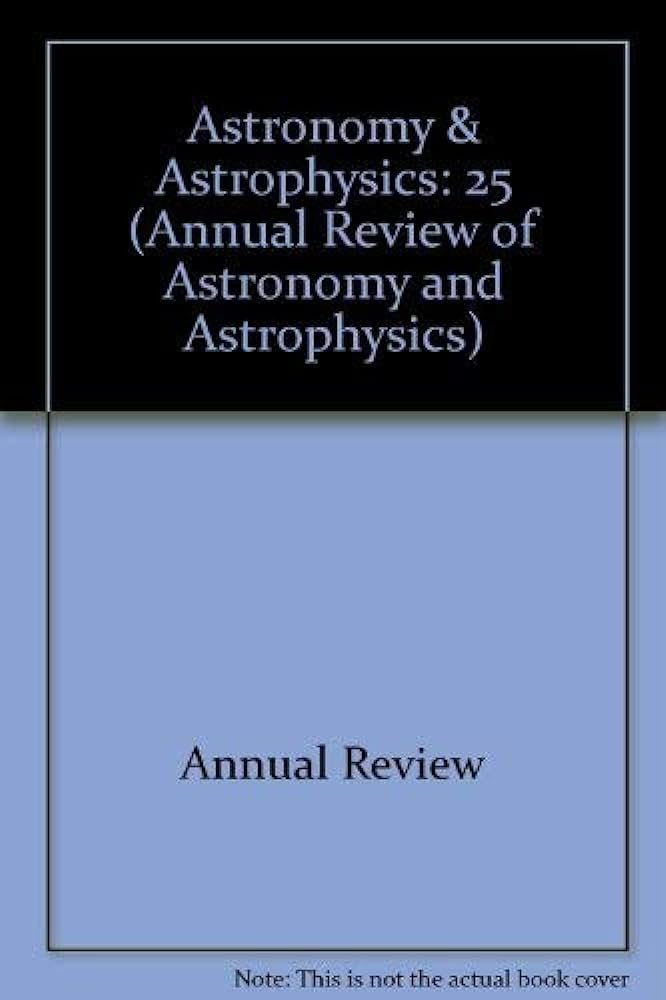近邻星系云尺度上的分子气体和恒星形成过程
IF 32.5
1区 物理与天体物理
Q1 ASTRONOMY & ASTROPHYSICS
Annual Review of Astronomy and Astrophysics
Pub Date : 2024-07-03
DOI:10.1146/annurev-astro-071221-052651
引用次数: 0
摘要
在气体-恒星形成反馈 "物质循环 "的多个阶段,将邻近星系分解为单个区域的观测结果,为我们提供了一个关于分子云、恒星形成效率、区域演化时间尺度和恒星反馈的全新视角。我们综合了这些结果,涵盖了与解释观测数据相关的方面,并得出以下结论: 观测到的云尺度分子气体表面密度、线宽和内压都反映了大尺度星系环境,同时也与受自重力影响很大的湍流介质的特性基本一致。 云尺度数据允许对演化和物理时间尺度进行统计推断。这些数据表明,在形成大质量恒星之后,会有一段与自由落体或湍流穿越时间(∼10-30 Myr)相当的云坍缩期,随后恒星开始形成,气体迅速清除(∼5 Myr)。在数千个区域中,每个自由落体时间的恒星形成效率被很好地确定为 εff ≈ 0.5-0.3 +0.7%。 现在可以利用多种观测方法测量恒星反馈的作用。净产量受制于支撑星系盘垂直重量的要求。同时,较短的气体清除时间尺度表明,前超新星反馈在云破坏中起着很大的作用。这使得超新星可以自由地对更大的星系施加巨大影响,包括搅动湍流、引发星系尺度的风和切割超级气泡。本文章由计算机程序翻译,如有差异,请以英文原文为准。
Molecular Gas and the Star-Formation Process on Cloud Scales in Nearby Galaxies
Observations that resolve nearby galaxies into individual regions across multiple phases of the gas–star formation feedback “matter cycle” have provided a sharp new view of molecular clouds, star-formation efficiencies, timescales for region evolution, and stellar feedback. We synthesize these results, covering aspects relevant to the interpretation of observables, and conclude the following: ▪ The observed cloud-scale molecular gas surface density, line width, and internal pressure all reflect the large-scale galactic environment while also appearing mostly consistent with properties of a turbulent medium strongly affected by self-gravity. ▪ Cloud-scale data allow for statistical inference of both evolutionary and physical timescales. These suggest a period of cloud collapse on the order of the free-fall or turbulent crossing time (∼10–30 Myr) followed by forming massive stars and subsequent rapid (≲5 Myr) gas clearing after the onset of star formation. The star-formation efficiency per free-fall time is well determined over thousands of individual regions at εff ≈ 0.5−0.3 +0.7 %. ▪ The role of stellar feedback is now measured using multiple observational approaches. The net yield is constrained by the requirement to support the vertical weight of the galaxy disk. Meanwhile, the short gas-clearing timescales suggest a large role for presupernova feedback in cloud disruption. This leaves the supernovae free to exert a large influence on the larger galaxy, including stirring turbulence, launching galactic-scale winds, and carving superbubbles.
求助全文
通过发布文献求助,成功后即可免费获取论文全文。
去求助
来源期刊

Annual Review of Astronomy and Astrophysics
地学天文-天文与天体物理
CiteScore
54.80
自引率
0.60%
发文量
14
期刊介绍:
The Annual Review of Astronomy and Astrophysics is covers significant developments in the field of astronomy and astrophysics including:The Sun,Solar system and extrasolar planets,Stars,Interstellar medium,Galaxy and galaxies,Active galactic nuclei,Cosmology,Instrumentation and techniques,
History of the development of new areas of research.
 求助内容:
求助内容: 应助结果提醒方式:
应助结果提醒方式:


